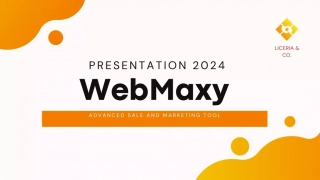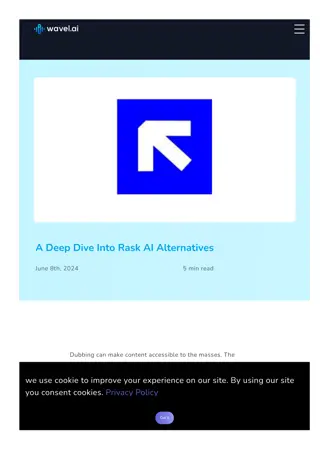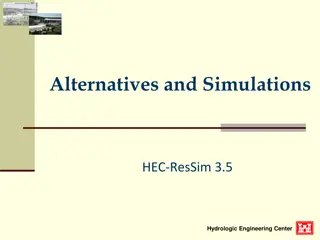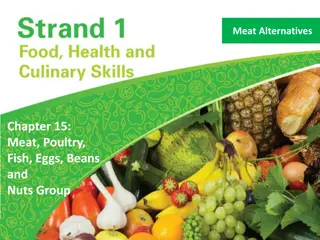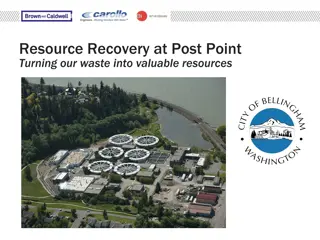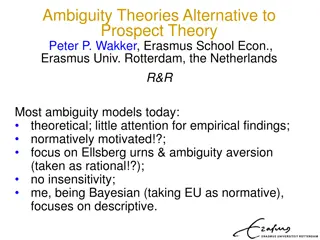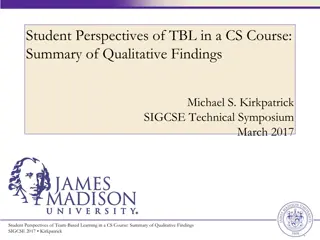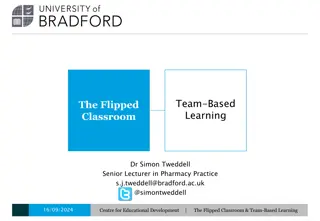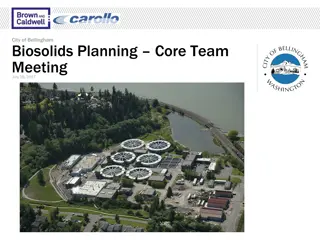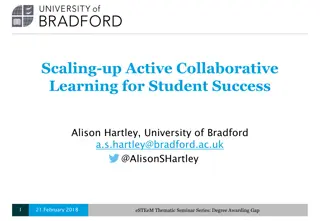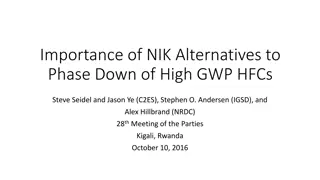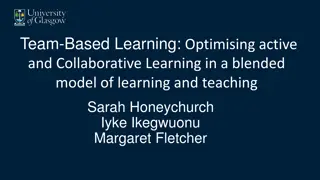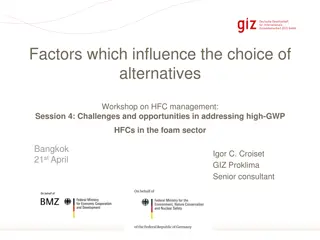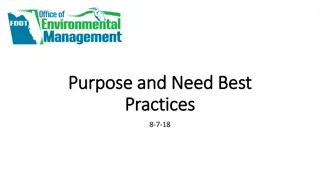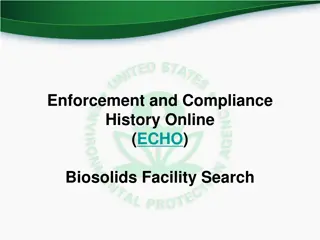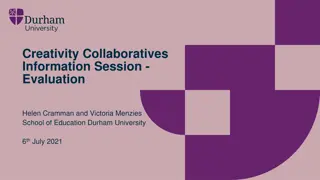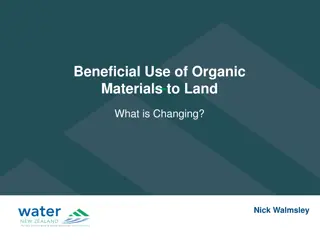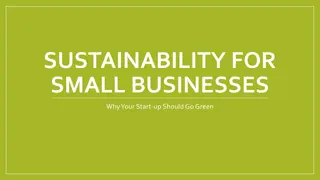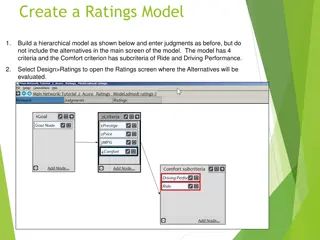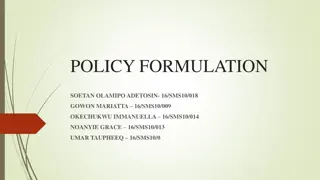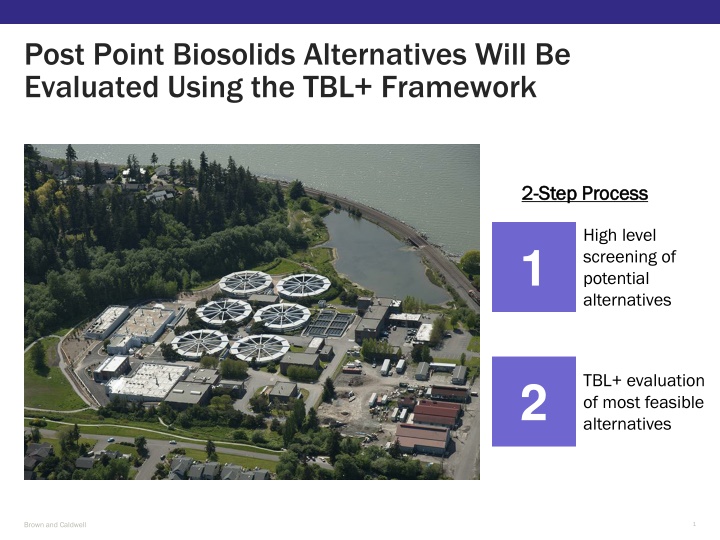
Evaluating Biosolids Alternatives Using TBL+ Framework
The post discusses the evaluation process for biosolids alternatives using the TBL+ Framework, emphasizing environmental, social, financial, and technical criteria. The process involves high-level screening and detailed evaluation of feasible alternatives based on desired outcomes such as minimizing the carbon footprint, protecting air quality, and maintaining affordability. Key differentiators and public outreach strategies are also highlighted to ensure stakeholder engagement.
Download Presentation

Please find below an Image/Link to download the presentation.
The content on the website is provided AS IS for your information and personal use only. It may not be sold, licensed, or shared on other websites without obtaining consent from the author. If you encounter any issues during the download, it is possible that the publisher has removed the file from their server.
You are allowed to download the files provided on this website for personal or commercial use, subject to the condition that they are used lawfully. All files are the property of their respective owners.
The content on the website is provided AS IS for your information and personal use only. It may not be sold, licensed, or shared on other websites without obtaining consent from the author.
E N D
Presentation Transcript
Post Point Biosolids Alternatives Will Be Evaluated Using the TBL+ Framework 2 2- -Step Process Step Process High level screening of potential alternatives 1 TBL+ evaluation of most feasible alternatives 2 Brown and Caldwell 1
TBL+ Process Reflects Adopted Legacies and Strategic Commitments TBL+ Criteria TBL+ Criteria Environmental Environmental Social Social Financial Financial Technical Technical 2
TBL+ Criteria Measure Desired Outcomes Environmental Environmental (Healthy Environment) (Healthy Environment) E1 Minimize Carbon Footprint E2 Protect Air Quality E3 Maximize Resource Recovery E4 Minimize Energy Usage E5 Protect Local Habitat Financial Financial (Quality, Responsive Services, (Quality, Responsive Services, Vibrant Sustainable Economy) Vibrant Sustainable Economy) F1 Optimize System Value F2 Maintain Affordability F3 Minimize Market Sensitivity Social Social (Sense of place, (Sense of place, Safe and Prepared Community) Safe and Prepared Community) S1 Minimize Noise S2 Minimize Odor S3 Minimize Truck Traffic S4 Minimize Visual Impacts S5 Minimize Toxin Exposure Technical Technical (Quality, Responsive City Services) (Quality, Responsive City Services) T1 Proven Reliability T2 Minimize Post Point Impacts T3 Maintain Flexibility T4 Minimize Complexity 3
TBL+ Comparison Illustrates Key Differentiators 8 E2 Global Impact 7 E1 Number of Objectives Met Local Impact 6 S2 Assets E2 Global Impact 5 S1 Health & Safety S1 Health & Safety 4 F2 F2 E2 Life Cycle $ Life Cycle $ Global Impact 3 F1 E1 E1 F1 E1 Capital $ Local Impact Local Impact Capital $ Local Impact 2 T2 S2 S2 Assets S2 Assets Assets T2 Efficiency Efficiency 1 T1 T1 T1 S1 Health & Safety Alt. 3 Reliability/ Performance Reliability/ Performance Reliability/ Performance 0 Ideal Alt. 1 Alt. 4 Alternative
Public Outreach Informs the Process Outreach Program Goals Outreach Program Goals Inform residents and stakeholders Engage stakeholders to validate alignment with values Link decisions to Legacies and Strategic Commitments Create project ambassadors Avoid surprises frequent communication Identify a community-supported project 5

